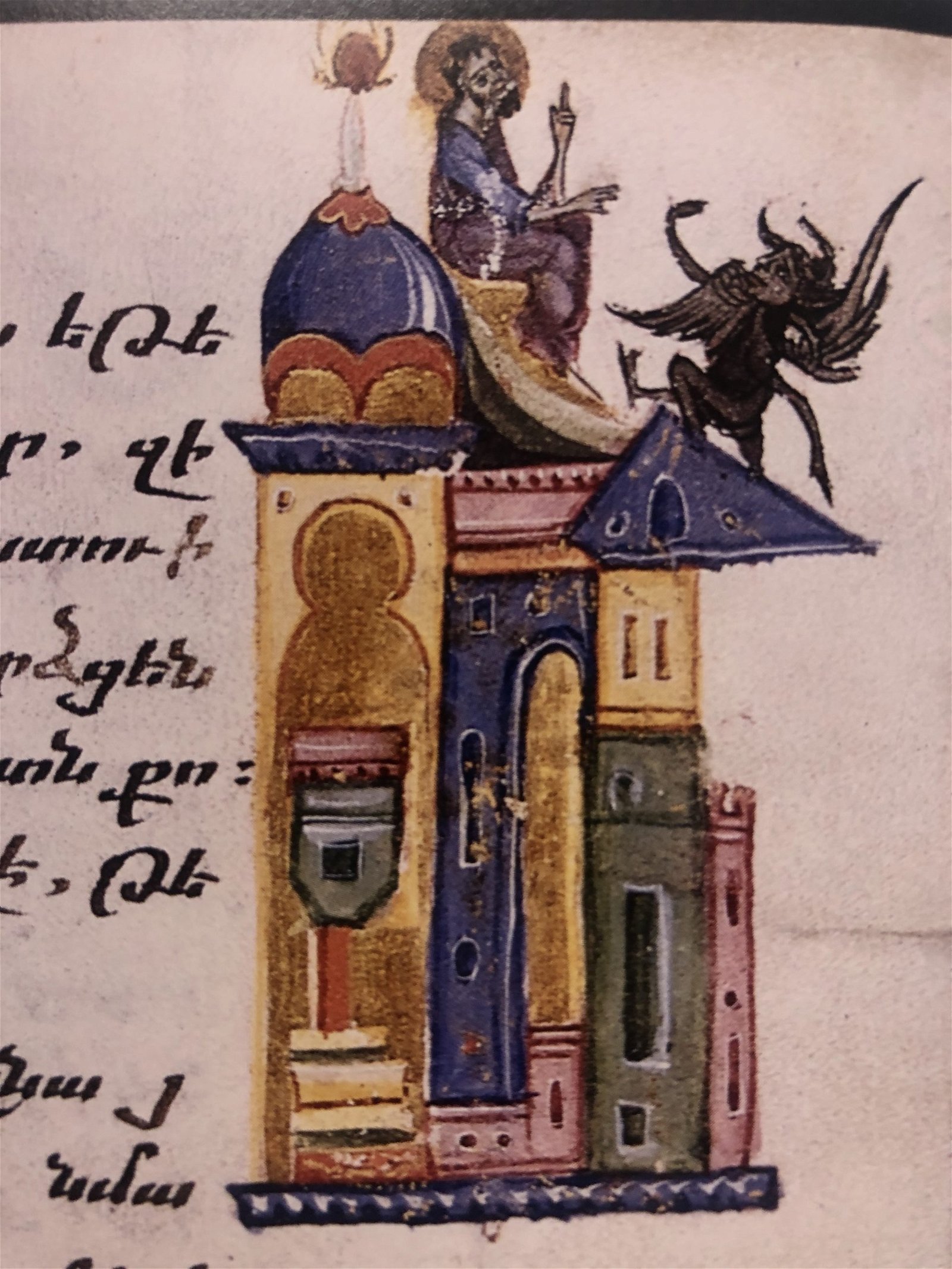
In the Armenian Apostolic church, Lent is called Médz Bahk, which means “Major Feast.” It is the period between the Poon Parégentan and Easter. The Lenten Season in the Armenian church begins the day after Poon Paregéntan, unlike Western churches, which observe Ash Wednesday as the beginning of Lent.
For Western churches, Protestant and Catholic alike, the Lenten Season extends over a 46-day period, beginning with Ash Wednesday and ending on Easter Eve. Sundays, the weekly commemorations of the first Easter, have never been considered Lenten fast days. With six Sundays in the period, there are 40 days in Lent, which correspond to and symbolize the 40 days Jesus spent fasting, praying and meditating in the wilderness before he began his ministry.
The term “Lent” comes from the Old English word Lencten, which meant springtime. Many Christians observe Lent by fasting, performing penance, giving alms, abstaining from amusements or not solemnizing marriages. The season originated as one of spiritual preparation for Easter in remembrance of the passion, death and resurrection of Jesus Christ. It also symbolized the mourning of the church, the bride, for the departure of Christ, the bridegroom.
Lent stands at the heart of the Christian church year, because it calls us to prepare for the great event of salvation, which God has provided for all of us in the death and resurrection of Jesus. Lent remains a time for us to examine our lives and confirm our acceptance of Jesus as our personal Lord and Savior.
The Lenten season is a reminder of two important things:
First, Lent is a reminder of the good news of God’s redeeming love. Yet that love becomes available for us, energizes us and empowers us most effectively when we open ourselves with candor and relentless spiritual scrutiny to the fundamental fact that we do need redemption. We are those who stand in need of prayer. We are those whose lassitude and carelessness made God’s salvation necessary in the first place. Lent is a time of penitence for us.
Second, Lent is a reminder of the cross. The cross of Christ enables us to bear not only our own burdens but the burdens of Christ for others. We are to be cross-bearers, though we may not be a crucifier or acolyte. One way of perceiving the cross is to envision it as a yoke – a yoke that we bear upon our shoulders but that also binds us to others who bear that yoke (religion means “binding ties”). In bearing the yoke of Christ together, it becomes for us, as for the disciples, a fact that as Jesus put it, “My yoke is easy and my burden is light.” That is the promise of Lent to the cross-bearers we are becoming. Learning to bear the cross, we will learn the mystery of how burdens become blessings.
May this season of Lent prepare each one of us for such a blessed experience.



Be the first to comment